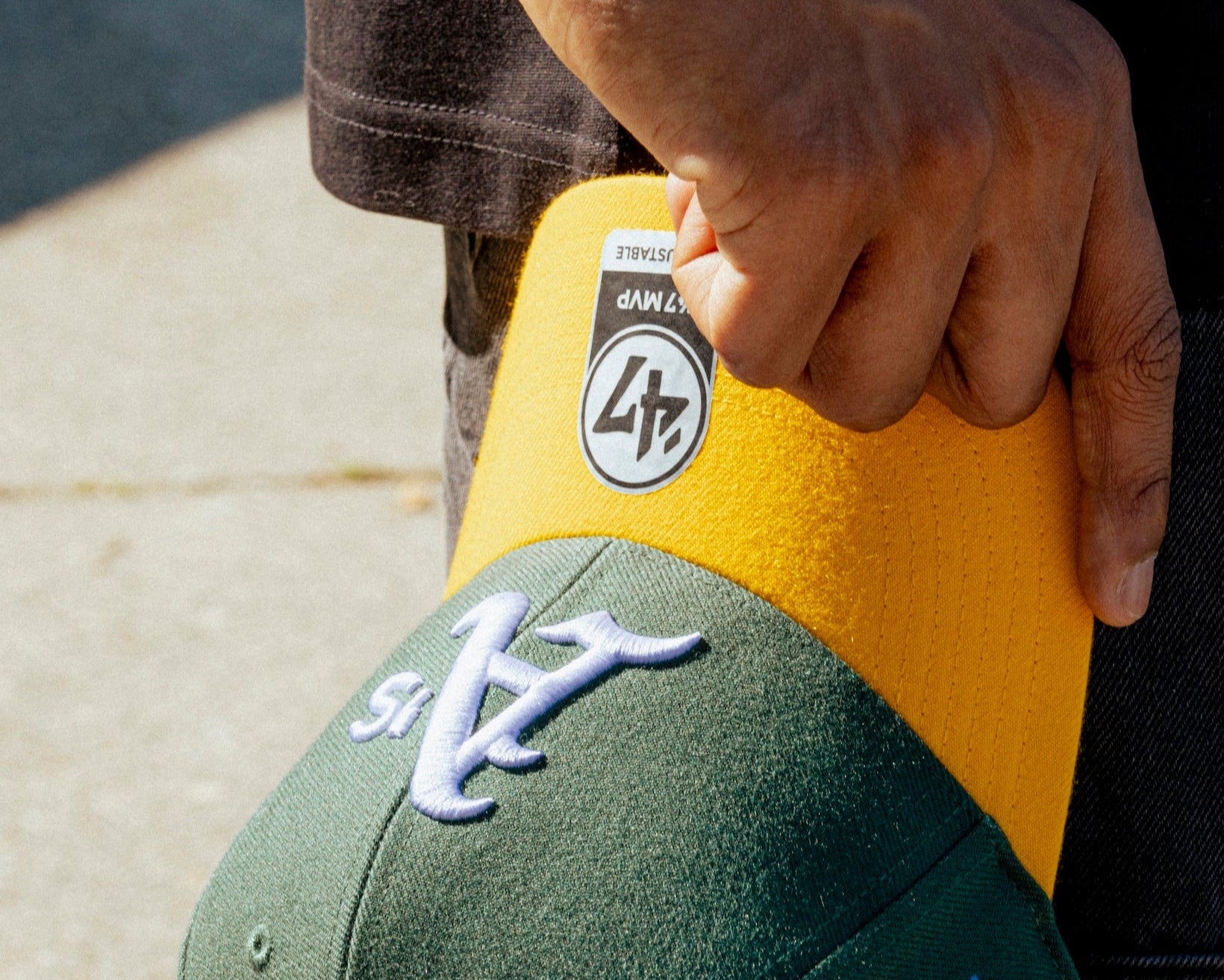Long relegated to the sports field, sneakers have conquered the street, fashion, and even luxury. Behind this evolution lies a rich history, shaped by technical innovations, unprecedented collaborations, and cultural icons.
Back to
The fascinating story of these shoes that have become essential.
The beginnings: between performance and sports culture
It all began at the end of the 19th century, when industrialization enabled the mass production of sports shoes. In 1917, Converse revolutionized the market with the All Star , which became the first sneaker to receive the endorsement of an athlete: Chuck Taylor , a basketball player, who made improvements to the initial model.
In the 1930s, Adidas and Puma , founded by the Dassler brothers in Germany, laid the foundations for performance footwear. Their innovations—notably the integration of cleats and the improvement of soles—enabled many athletes to dominate the Olympic Games, bringing these brands into the spotlight.
After World War II, sneaker production exploded.
The 1950s marked a turning point, with younger generations appropriating these shoes as a symbol of rebellion and modernity, particularly with the rise of rock'n'roll.
The 70s and 80s: the sneaker boom and the influence of sport
The 70s saw
Nike make a splash with the
Cortez (1972) , designed for colours and popularised by
Tom Hanks in
Forrest Gump .

At the same time,
Adidas introduced the
Stan Smith and the
Superstar , which quickly transcended the realm of tennis and basketball to become everyday essentials.
The real turning point came in 1984, when
Nike signed a contract with
Michael Jordan and launched the
Air Jordan 1. This model did not just equip an athlete: it transformed the sneaker into a cult object, imposing the idea that performance and style can merge.
At the same time, sneakers are making their way into popular culture.
In 1986, Run-DMC immortalized the Adidas Super with " My Adidas ", while films like Back to the Future and its Nike Mag reinforced their iconic status.
This was also the era of innovations: the introduction of encapsulated air, polyurethane midsoles and thermoplastic supports improved both performance and comfort, making these models indispensable.
The 90s: when music and street style made sneakers the norm
In the 1990s, sneakers were no longer just a sports accessory; they became a cultural icon. Hip-hop emerged as a major driver of their popularity, with artists like Notorious B.I.G. , Nas , and Wu-Tang Clan adopting the most iconic models of the time. While Run-DMC paved the way, collaborations between rappers and brands became commonplace.
Film and television also play a key role. In 1996,
Space Jam featured the
Air Jordan 11 , further solidifying the link between sneakers and pop culture.

Streetwear is exploring new avenues, particularly with the rise of brands like
Supreme , BAPE , and
Stüssy , which are beginning to collaborate with major sneaker brands. The concept of limited editions is taking hold, making certain pairs highly coveted and marking the beginning of a market based on scarcity.
From the 2000s to today: a technological and cultural revolution
With the dawn of the 21st century, sneakers became a true global phenomenon. The rise of forums and social networks accelerated the hype surrounding the most sought-after models, and collaborations exploded.
Nike innovated in 2012 with Flyknit , a weaving technology that lightens the sneaker and makes it more breathable. 3D printing also began to gain traction, paving the way for fully customizable shoes.
Brands are adapting to new consumer expectations: the focus is on sustainability and eco-friendly materials. Adidas is launching the Futurecraft Loop , a fully cycleable sneaker, while Nike is trying to reduce its carbon footprint with recycled materials.
The future of sneakers: between exclusivity and responsibility
Today, sneakers are no longer just simple shoes: they are a status symbol, a collector's item, and a style statement.
Collaborations with the world of luxury - such as
Dior x Air Jordan - show that the boundary between streetwear and haute couture no longer exists.
So, what does the future hold for us?
- Even more advanced technologies, with adaptive and 3D printed shoes.
- A market increasingly focused on scarcity, with ultra-limited drops and pairs exclusive to certain platforms.
- An increased ecological awareness, with brands investing in more environmentally friendly manufacturing processes.
Sneakers have come a long way, but one thing is for sure: they are not about to leave the forefront.










